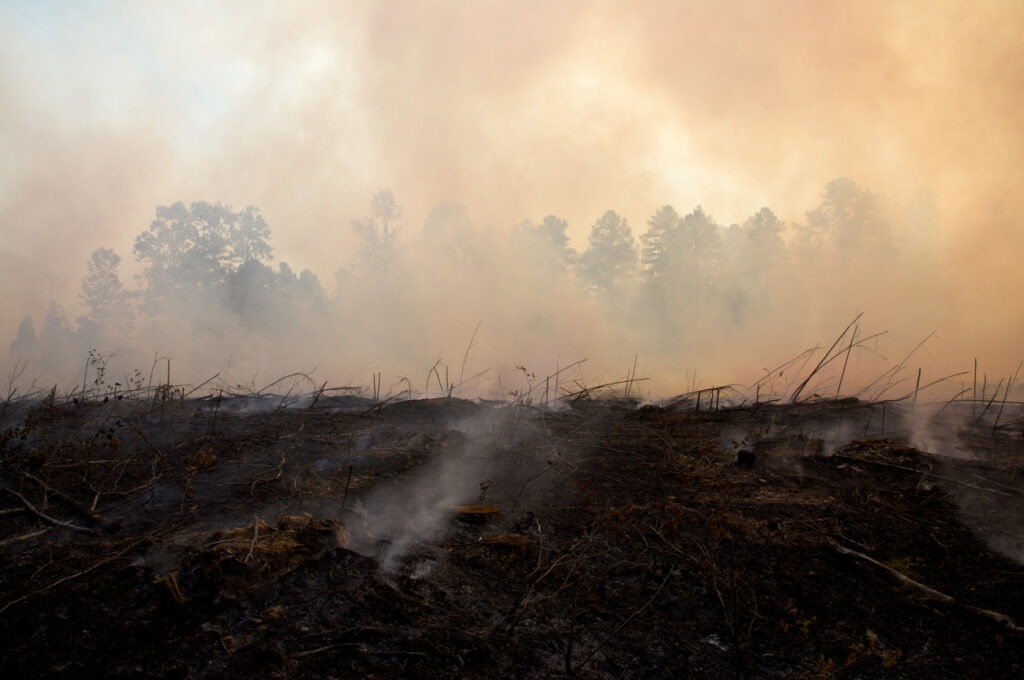
Federal monitor Mark Filip, who is overseeing PG&E, questioned if the company put numerical targets over safety while doing tree trimming.
Filip said in a letter to U.S. District Judge William Alsup that PG&E failed to focus on the equipment most likely to spark fires when they trimmed trees near power lines in 2019. Filip wrote PG&E did most of the trimming in “relatively low-risk” portions of high fire-threat areas.
Filip found around 59 percent of PG&E’s enhanced vegetation work in 2019 happened outside the 100 circuits with the most worrying scores on PG&E’s risk model.
The tree trimming program was supposed to remove branches and trees which could contact power lines and start fires, a scenario which has happened over and over since 2015, prompting PG&E to shut off power during windstorms to prevent wildfires.
The letter also stated that, as of August 31, PG&E still hasn’t climbed almost 1,000 high-voltage towers to look for equipment that could fail and start fires – another scenario which has caused fires to start in the past.
“Of course, operational considerations may force some deviations from any risk model or related plan informed by that model, but in this case, the severity of the deviations strongly suggest that the Company prioritized the achievement of (enhanced vegetation management) mileage targets over the most meaningful wildfire risk reduction,” Filip wrote in the letter.
Filip was appointed to oversee PG&E in 2017. PG&E was placed under probation after convictions related to the 2010 San Bruno gas explosion.
Filip implied that PG&E was counting sections of power lines with few to zero trees to trim in its tree-trimming goals when he stated his team found “fewer and fewer trees – and, at times, no trees at all” along stretches of power lines PG&E counted towards metrics.
92% of the power lines counting towards PG&E’s enhanced vegetation management metrics through November 2019 didn’t actually need any tree trimming done, according to the letter.
The letter states PG&E failed to climb 967 transmission structures for fire safety inspections in a timely manner this year. Transmission lines were responsible for major fires in 2018 and 2019.
The letter says PG&E instead conducted 1,000 climbing inspections outside of high-threat areas, which Filip blamed on “human error, lack of oversight, miscommunications, and failure to appropriately escalate matters.”
PG&E is aware of Filip’s letter and said they’d respond by November 3.
Nadrich Accident Injury Lawyers are currently representing clients against PG&E for evacuation, damages and losses caused by the Dixie Fire, Fly Fire.

